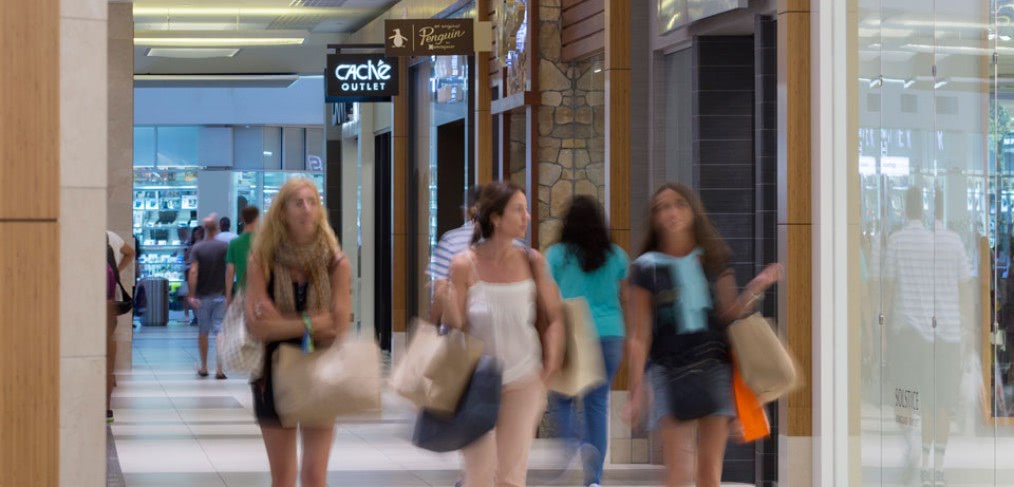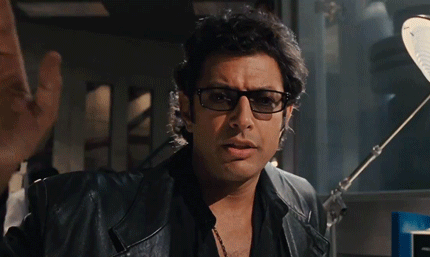
The Convenience Factor
Little did Roald Dahl know when he authored his legendary novel Charlie and the Chocolate Factory in 1964 that the impatient consumerism of one of his most memorable characters would eventually be targeted, and even relished, by the retail industry at large. Veruca Salt, with her “I want it now” musical tirade in the 1971 Mel Stuart film adaptation, would have been quite pleased with the likes of Amazon Prime.
Aided by constant breakthroughs in technology, consumers are getting information, products and services faster than ever before and retailers are looking to stand out from the crowd to remain competitive. Here is a glimpse of some of the recent trends transforming the retail environment and what retailers are doing to manage growing consumer demands:
A bidding war ensues for retailers looking to raise their portfolio and expand their offerings. Retailers are consolidating their assets and focusing on strategic mergers in order to strengthen their brand value and keep up with consumers’ ever-changing expectations. Macy’s recently acquired Bluemercury in an effort to expand their beauty category and compete with stores like Sephora and Nordstrom. H&M recently announced that it plans to launch their new beauty concept in 900 stores and online starting in Fall 2015. In the world of sticky notes and legal pads, Staples acquired Office Depot for $6.3 billion in cash and stock. If approved, the deal would unite the two biggest providers of office supplies and position Staples as a powerhouse in the e-commerce market, competing with companies like Amazon that also offer office supplies online.
Omnichannel strategies are finally being delivered. In November, Zappos launched their first store in downtown Las Vegas. The technology-driven pop-up shop was open 24/7 and ran through December 31st—because after a crazy night out on the strip, you might want to expand your wardrobe by purchasing some pieces of couture, right? Fellow online retailers Nasty Gal, Rent the Runway and Warby Parker have expanded into brick-and-mortar. Amazon recently announced that it too has opened its first brick-and-mortar store—a pickup and drop-off location on Purdue University’s campus in West Lafayette, Indiana—as a strategic way to engage with a younger demographic and gain brand loyalty. Still, 78% of consumers prefer to shop in-store, and companies are looking to improve upon their omnichannel strategy by offering a wider variety of ways for consumers to interact with their brands. Companies are starting to deliver immersive multi-channel experiences for their consumers, and it’s paying off.
In the world of immediate gratification, waiting is the hardest part. Back in 2000, Amazon introduced free shipping on orders of more than $100. Since then, the package delivery arms race continues to evolve. Generation Z (born 1995-present) has never experienced a world of waiting weeks for packages to arrive. They want demand instant gratification, which is changing the shipping game entirely. Google Inc. is teaming up with retailers like Target Corp. to offer same-day delivery in Manhattan, Los Angeles and San Francisco. Multinational e-commerce company eBay Inc. picks up orders at stores and delivers them the same day or the next day for a small fee. Swapbox, a San Francisco start-up, lets consumers pick up or ship packages without the hassle and limitations of visiting during traditional business hours. Ride-sharing service Uber Technologies Inc. is experimenting in Washington, DC, with same-day deliveries of essential items. Want to fill your cuteness quota for the day? Check out puppies on demand, brought straight to your office by Uber.
The question begs to be asked: if I can have my package delivered in the same day that I order it, purchase things from a store when most of America is asleep and find everything that I need in one quick and easy location—how might shopping get even more convenient in 2016?
To quote one of the best movies ever made…”Life, uh, finds a way.”



Great info Kristin…I love how the debate is shifting away from an “either/or” debate about online vs in-store shopping. It sure seems like the next generation doesn’t really care where things come from, as long as they show up NOW! Maybe Veruca Salt was on to something…